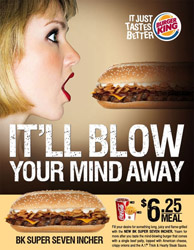E. coli found in cookie dough
The story thus far:
From January to June 2009, at least 69 people from 29 states have gotten sick with E. coli O157:H7. Many of them confessed to eating Nestlé’s raw cookie dough.
On June 19, the FDA warned the public not to eat Nestlé’s raw cookie dough. Nestlé issued a “voluntary’ recall.
Everyone is baffled about how E. coli O157:H7 could have gotten into cookie dough. They wonder if cookie dough really is the cause.
The voluntary recall isn’t working (most don’t). Obama Foodorama has no trouble finding plenty of recalled cookie dough on Washington DC shelves.
The Wall Street Journal reports that since 2006, Nestlé has consistently refused to allow FDA investigators to look at their safety records. The company doesn’t have to. All those pesky regulatory requirements are voluntary (that word again).
But now, in a spirit of someone more enforced cooperation, Nestlé lets the FDA in. Bingo. On June 29, the FDA says it finds E. coli O157:H7 in one batch of cookie dough. But conversations with FDA officials leave many questions unanswered.
Nestlé is understandably concerned. The company says it “deeply regrets” what happened and is fully cooperating with the FDA.
OK. So if we didn’t know it before, we know it now: “voluntary” is a euphemism for not having to do anything. Doesn’t this suggest the need for some real regulations?


